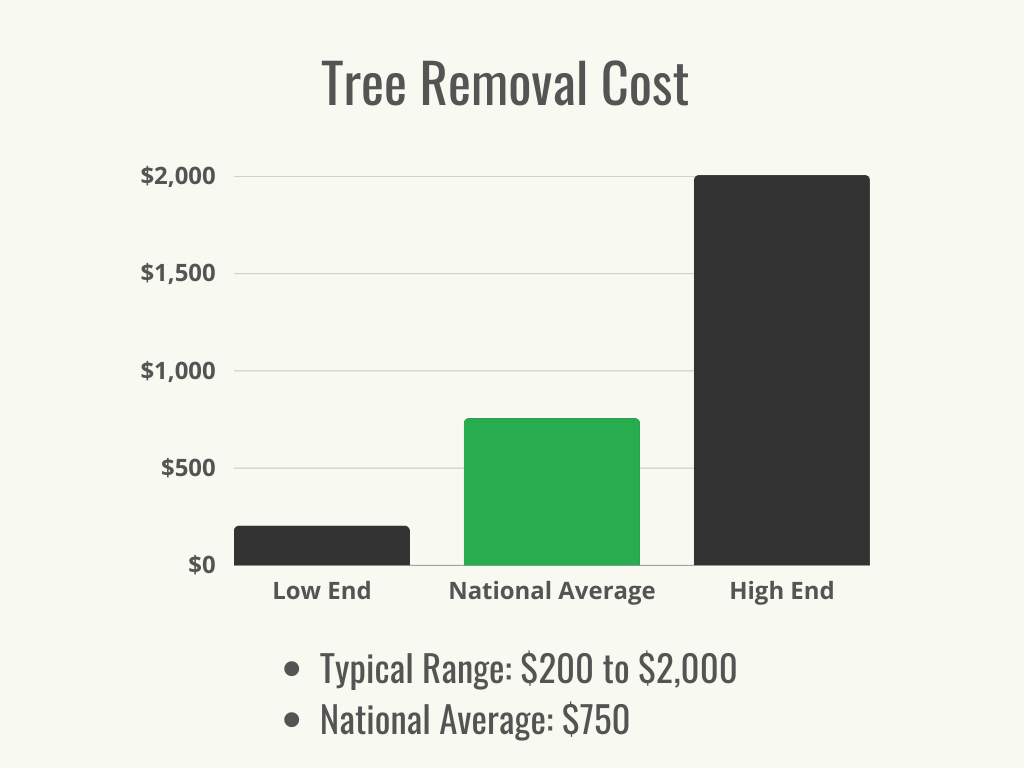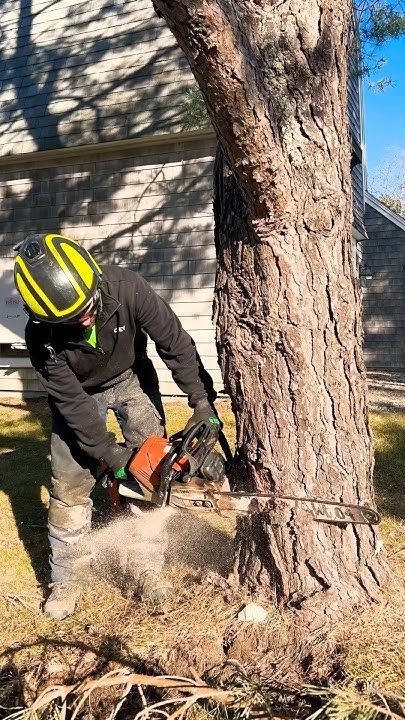Featured
Table of Contents
- – First-Time Stump Grinding Deals In Lima, OH
- – What Determines Tree Cutting Costs In Lima, OH
- – Lima, OH Stump Removal Service Contracts: Costs
- – Lima, OH Tree Cutting Reviews And Prices
- – Lima, OH Tree Service Cost Factors
- – Factors That Impact Tree Removal Prices In Li...
- – Lima, OH Stump Grinding Case Studies: Costs
- – Lima, OH Stump Grinding Estimates: What To E...
- – Best Money-Saving Tips On Arborist In Lima, OH
- – Lima, OH Arborist Cost Guide 2025
- – Special Offers On Tree Cutting In Lima, OH
- – Tree Cutting Pricing In Lima, OH
- – Lima, OH Tree Service Customer Reviews
- – Lima, OH Tree Trimming Evaluation: Pricing
- – Average Tree Clearing Prices In Lima, OH

The subsections listed below supply more comprehensive information about prices, including an average variety for each. TypeAverage Removal CostPineConiferPalmMagnoliaArborvitaeAshCedarSweet GumEucalyptusSycamoreCypressOakMaplePoplar You can anticipate to pay in between to get rid of a pine, depending on its size. Getting rid of a pine is one of the more economical tasks unless it is one that has been around for several years and is quite big.
First-Time Stump Grinding Deals In Lima, OH
Pines also have a tap root that grows deep into the soil, which can prove to be harder to remove. The process itself involves an expert cutting the tree, clearing the base, cutting the surface roots, eliminating the stump, and finally dealing with the soil. Without a professional hand, you risk leaving pine seedlings behind, which will fall from the roots of distressed pines.
What Determines Tree Cutting Costs In Lima, OH
The U.S. nationwide average for conifer elimination is around to have the conifer lowered, transported away, and the stump ground or removed entirely. Conifers are usually simpler to remove, and although they can grow quite tall, they do not cost a fortune to get rid of. Conifers include pine, spruce, fir, and juniper trees.
Lima, OH Stump Removal Service Contracts: Costs
While conifers are stunning, they eliminate native plants and specific types of lawn. This is since they need a great deal of water and nutrients to endure, so they seep it off surrounding plants. They likewise have an extensive network of roots, which can affect your home's foundation. The average cost of palm removal depends on the height as much as the type, ranging from.
Lima, OH Tree Cutting Reviews And Prices
That is why it is very important to understand which type you are eliminating. While you do not require an herbicide to kill a palm tree, there are some steps your elimination specialist will need to require to guarantee the task is done correctly. There are two ways they can eliminate them: by slicing them down or digging them up.
Lima, OH Tree Service Cost Factors
This is due to the fact that small animals like rats and scorpions typically reside in them. Plus, many types will have spikes, too. From there, they get rid of the actual tree and then the stump. Anticipate to pay between to eliminate this type of tree, depending upon the precise size and information of the job.
Factors That Impact Tree Removal Prices In Lima, OH
There are 3 types: green, white, and black ash. With its gray-tinged bark, its leaves are green or purple in the spring and golden yellow or purplish-red in the fall.
Lima, OH Stump Grinding Case Studies: Costs

Nevertheless, the bark is softer, and it flowers later on in the year. Due to the variation in height, the elimination cost variation is broad from. A coniferous, evergreen tree, the cedar is a durable species. True cedars take pleasure in greater elevations, mainly in the Himalayas and the Mediterranean. A true cedar can grow as high as 160 feet in height and is often planted in the United States as a landscape alternative.
Lima, OH Stump Grinding Estimates: What To Expect
The development of false cedars varies from 50 feet approximately 230 feet high. Property owners might pay anywhere from, depending upon the roots. With star-shaped leaves and stunning fall colors, the sweet gum is considered a medium to large tree. Taking pleasure in full sun, the sweet gum can not endure contamination.
Best Money-Saving Tips On Arborist In Lima, OH
Normally, it costs between to get rid of a eucalyptus. Eucalyptus are not typical everywhere, however they are quite large compared to others, which is why even the smaller ones are so expensive to eliminate.
Lima, OH Arborist Cost Guide 2025
There are a handful of ways to do this, consisting of burning, pulling, grinding, or eliminating them with herbicide. Anticipate to pay in between to remove sycamores, based upon the height, trunk size, and amount of work involved. Sycamores are one of the largest wood trees, typically ranging from 60 to 100 feet high and as wide as 15 feet.
Special Offers On Tree Cutting In Lima, OH
The first 2 actions will expose the withins of the tree and cut off the flow of nutrients up the trunk. From there, an expert uses herbicide to kill the tree and lower the trunk. They will eliminate the stump. Otherwise, new sprouts might grow from it. Lowering and removing a full-grown cypress might cost as much as.
Tree Cutting Pricing In Lima, OH
There are several kinds of Cypress trees, however the most widespread are the Leyland, Arizona, Bald, and Italian. The Bald Cypress grows in swampy or really damp areas while the others delight in a dry, warm, or hot climate (tree removal). They can grow as high as 80 to 100 feet tall
Lima, OH Tree Service Customer Reviews

Prone to diseases, the Cypress is one of the most prized woods for furnishings. The average oak grows to around 60 feet, and depending upon the intricacy of the removal, it costs an average of to eliminate. The precise size of your oak and the effort required to fell it impact what you will in fact spend for elimination together with any additional services like stump grinding.
Lima, OH Tree Trimming Evaluation: Pricing
Access to the trees and the roots will likewise affect the total expense. Maples are normally amongst the more expensive trees to eliminate because of their size and the work involved in the elimination.
Average Tree Clearing Prices In Lima, OH
Poplars are giants of the types. Growing as high as 90 to 115 feet, these enormous lumbers are primarily discovered in The United States and Canada and include the aspen, cottonwood, and balsam trees. Boasting an expansive root system, poplars can be pricey to get rid of when completely grown. The process to remove trees includes all the cutting and cutting of the branches and trunk, bringing it down to a stump.
Table of Contents
- – First-Time Stump Grinding Deals In Lima, OH
- – What Determines Tree Cutting Costs In Lima, OH
- – Lima, OH Stump Removal Service Contracts: Costs
- – Lima, OH Tree Cutting Reviews And Prices
- – Lima, OH Tree Service Cost Factors
- – Factors That Impact Tree Removal Prices In Li...
- – Lima, OH Stump Grinding Case Studies: Costs
- – Lima, OH Stump Grinding Estimates: What To E...
- – Best Money-Saving Tips On Arborist In Lima, OH
- – Lima, OH Arborist Cost Guide 2025
- – Special Offers On Tree Cutting In Lima, OH
- – Tree Cutting Pricing In Lima, OH
- – Lima, OH Tree Service Customer Reviews
- – Lima, OH Tree Trimming Evaluation: Pricing
- – Average Tree Clearing Prices In Lima, OH
Latest Posts
Troy, IL Tree Trimming Replacement Costs
Real Claymont, DE Tree Service Testimonials
Vacaville, CA Tree Service Uninstall Costs
More
Latest Posts
Troy, IL Tree Trimming Replacement Costs
Real Claymont, DE Tree Service Testimonials
Vacaville, CA Tree Service Uninstall Costs